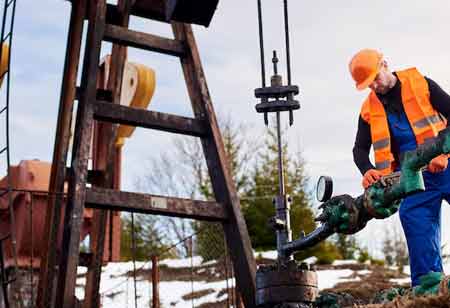Thank you for Subscribing to Environmental Business Review Weekly Brief
AI-Powered Climate Insights: Transforming Europe's Environmental Strategies
AI is transforming climate science by automating data collection and improving forecasting, leading to faster, more accurate insights into environmental changes.

By
Environmental Business Review | Thursday, August 21, 2025
Stay ahead of the industry with exclusive feature stories on the top companies, expert insights and the latest news delivered straight to your inbox. Subscribe today.
Fremont, CA: Artificial intelligence is reshaping European climate science by enhancing data collection and analysis. From monitoring coastal erosion to predicting extreme weather, AI supports more accurate, region-specific insights. This advancement enables European researchers and policymakers to understand climate patterns better and develop stronger, data-driven responses to environmental challenges across the continent.
Smarter Data Collection Through Automation and Remote Sensing
AI is transforming how climate data is collected by making the process faster, more precise, and more comprehensive. Traditional data collection methods often relied on manual input or limited sensor networks, which could miss crucial changes in remote or rapidly shifting environments. Now, AI-driven systems are enhancing the efficiency and reach of data-gathering tools like satellites, drones, and ground sensors.
Machine learning algorithms examine data from diverse sources in real-time, enabling faster identification of patterns and anomalies. For instance, drones with AI-powered sensors can scan vast forest areas to detect early signs of deforestation, changes in vegetation, or temperature shifts that signal environmental stress. These tools can cover terrain difficult or dangerous for humans to access, such as glaciers, ocean surfaces, or high-altitude regions.
Once limited by image resolution or data lag, remote sensing technologies now benefit from AI models trained to clean, enhance, and interpret raw data on the fly. These models fill in gaps in incomplete datasets, reduce noise, and correct distortions, providing more reliable inputs for further analysis. The result is a richer, more accurate picture of the planet’s changing climate, enabling researchers to respond more quickly and strategically.
Improved Forecasting and Climate Modeling
Beyond data collection, AI is critical in analyzing climate data and generating models that help scientists predict future conditions. Traditional climate models are computationally expensive and take time to produce results. AI models, trained on vast historical datasets, can simulate scenarios more quickly and often with finer regional resolution.
One key advantage of AI in modelling is its ability to detect complex nonlinear relationships in climate systems, patterns that may go unnoticed by human researchers or conventional statistical tools. This includes recognizing the interplay between ocean temperatures, atmospheric pressure, and wind currents that influence extreme weather events. Using neural networks or deep learning techniques, AI can more accurately forecast the likelihood of floods, hurricanes, or droughts.
AI helps refine models over time by comparing predictions with actual outcomes. This continuous feedback loop improves accuracy and reliability. AI also enables the fusion of disparate data sources, like satellite imagery, sensor data, and historical weather records, into a cohesive framework, leading to more holistic insights into climate behaviour.





